If you’re gearing up for the Hazard Perception Test (HPT) in Queensland, mastering your hazard perception skills is paramount. This guide explores effective strategies to elevate your abilities and heighten your chances of acing the HPT.
Understanding the Hazard Perception Test
Before diving into improvement strategies, let’s dissect the HPT. It’s a computer-based assessment gauging your knack for recognizing and reacting to potential road hazards. Through lifelike video clips simulating driving scenarios, your task is to pinpoint and respond to emerging hazards.
The Importance of Hazard Perception Skills
These skills are pivotal for safety, licensing, and lifelong driving. Identifying hazards in advance enhances road safety, increases HPT success odds, and fosters a defensive driving approach vital for a lasting driving career.
Steps to Enhance Hazard Perception Skills
- Understand Hazard Types: Familiarize yourself with diverse hazards like pedestrians, cyclists, varying road conditions, and weather nuances. This proactive mindset sharpens your hazard identification skills.
- Learn Road Rules: A solid grasp of road rules is a foundation for hazard perception. Dive into driver’s handbooks or online courses to refresh your knowledge, aiding in the anticipation of potential hazards.
- Practice Observational Skills: Regularly scan the road and check mirrors to heighten awareness. Actively seek out potential hazards, such as pedestrians near crosswalks or merging vehicles, refining your observational prowess.
- Use Training Tools: Leverage hazard perception training tools, offering interactive videos or simulations to practice identifying and responding to hazards. Regular use sharpens skills and reduces response times.
- Analyze Real-Life Situations: Reflect on your daily driving encounters, assessing how you responded to hazards. This reflection enhances self-awareness, showcasing areas for improvement.
- Seek Professional Guidance: Enroll in a defensive driving course or seek professional advice for personalized feedback and advanced hazard perception techniques.
- Stay Focused: Eliminate distractions like phones or loud music while driving, ensuring optimal concentration for prompt hazard identification and response.
- Practice Defensive Driving: Adopt a defensive mindset, anticipating mistakes from other road users. Maintain safe distances, prepare for evasive actions, and minimize risks proactively.
- Review and Reflect: Regularly review your performance in hazard perception exercises, utilizing feedback to refine skills. Continuous self-assessment fosters ongoing improvement.
- Stay Updated with Road Conditions: Keep abreast of road conditions, construction zones, and weather forecasts to adapt your driving and anticipate hazards accordingly.
Additional Tips for HPT Success:
- Familiarize Yourself: Understand the specific format and requirements of the HPT in Queensland.
- Time Management: Practice time management to allocate ample time for hazard identification and response in each video clip.
- Maintain Composure: Stay calm during the test; stress and anxiety can hinder hazard perception.
- Utilize Online Resources: Leverage online resources, such as practice tests, to familiarize yourself with HPT formats and potential hazards.
By embracing these strategies, you’re well-equipped to enhance your hazard perception skills, increasing your likelihood of success in the HPT and becoming a safer, more proficient driver. Good luck on your journey to mastering hazard perception!
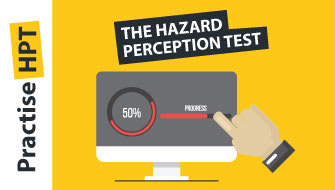

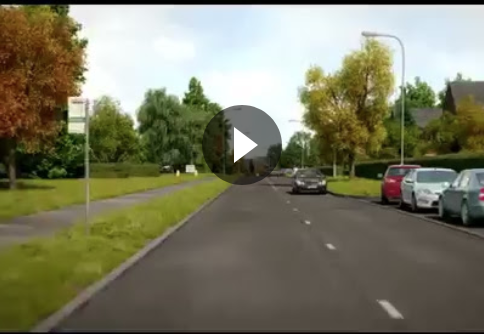
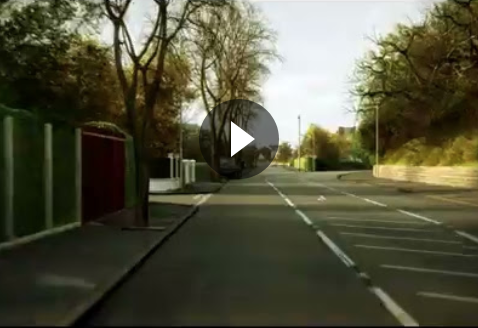
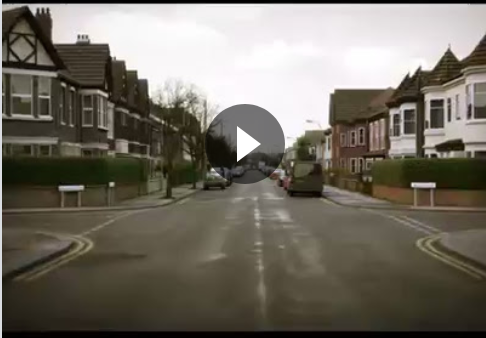
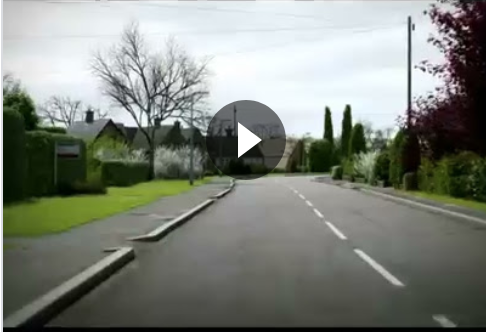

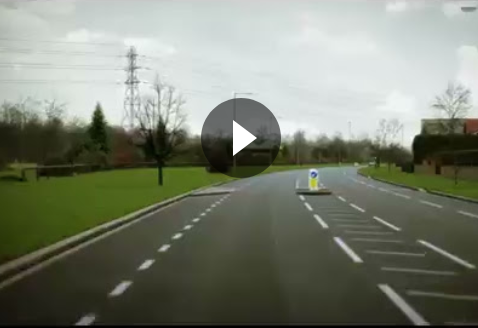

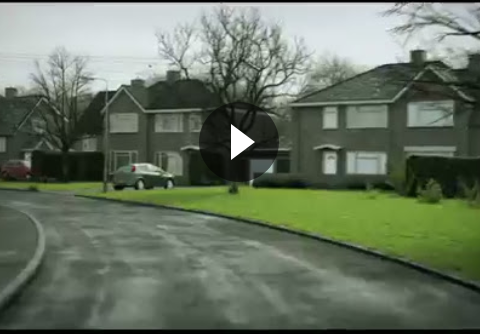
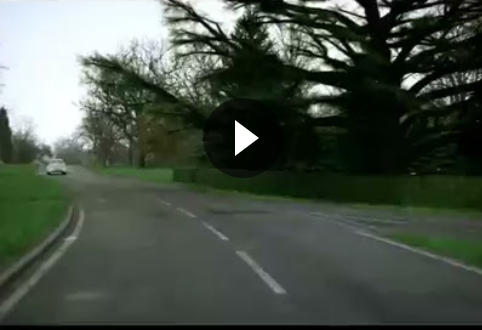
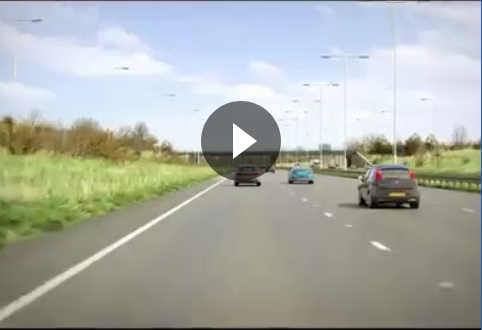
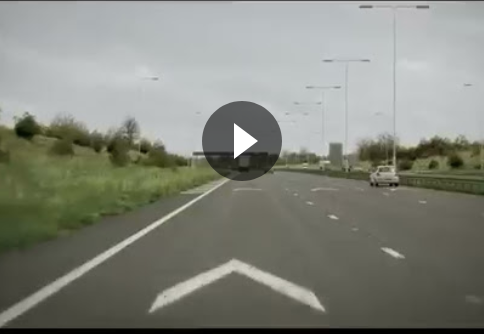


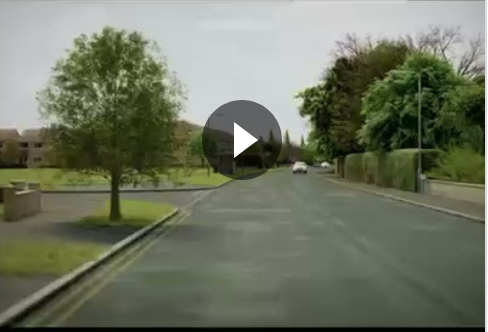
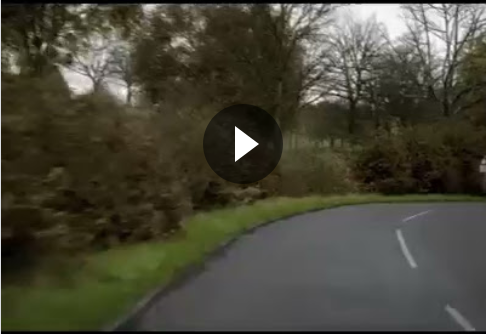
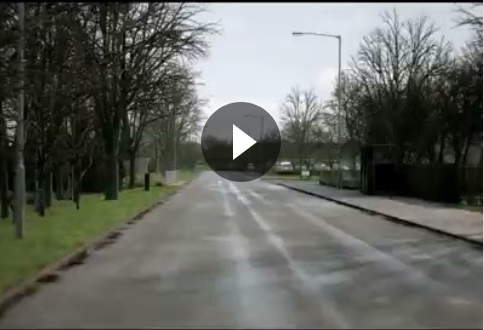
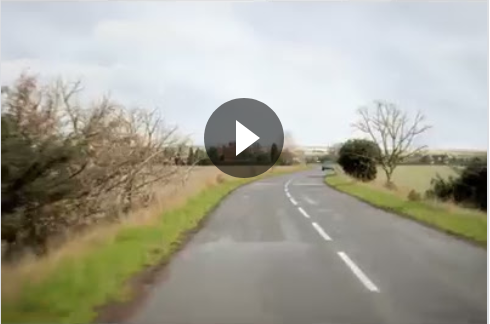
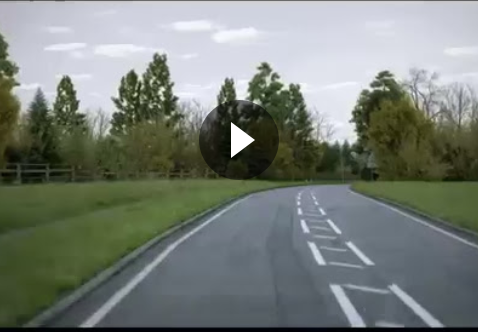
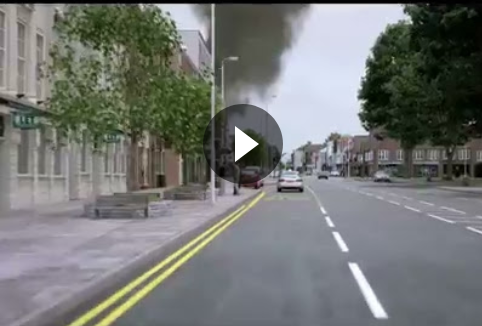
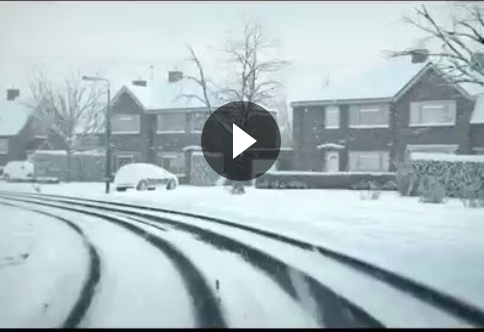
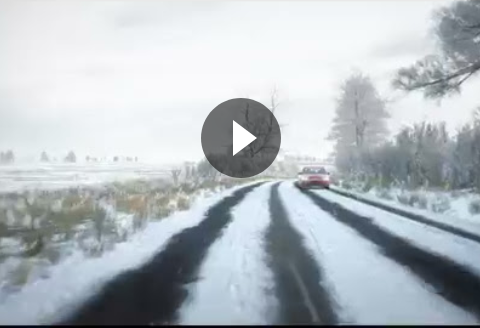
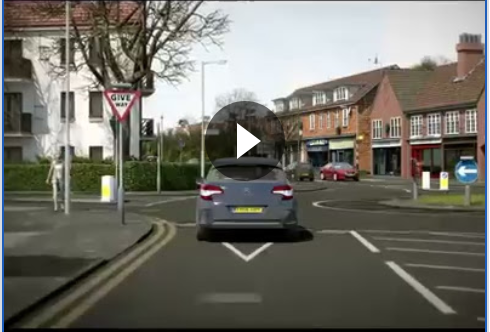
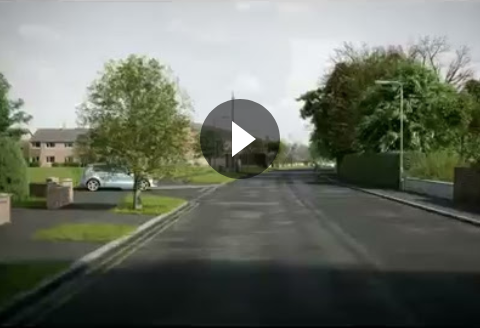
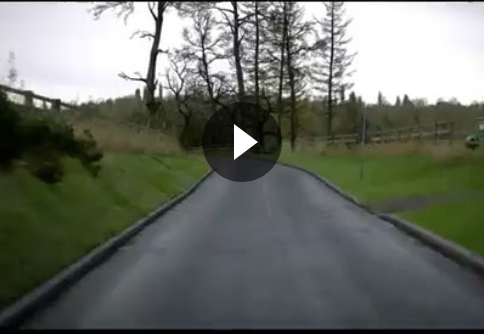



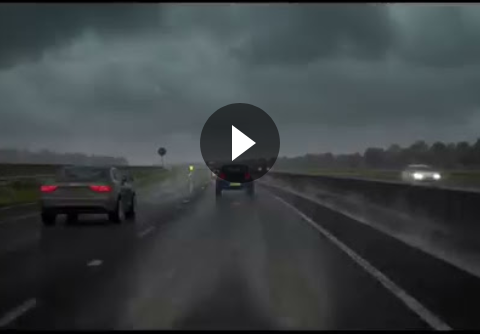


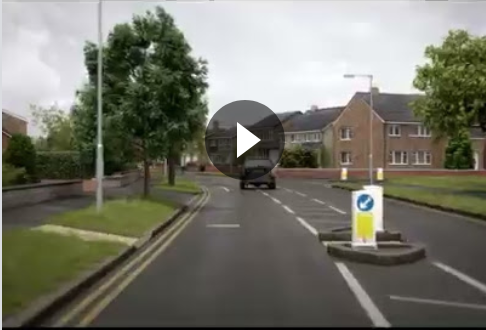

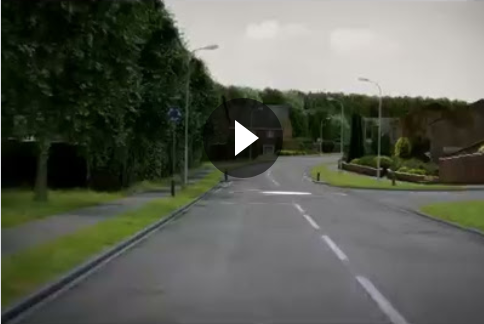



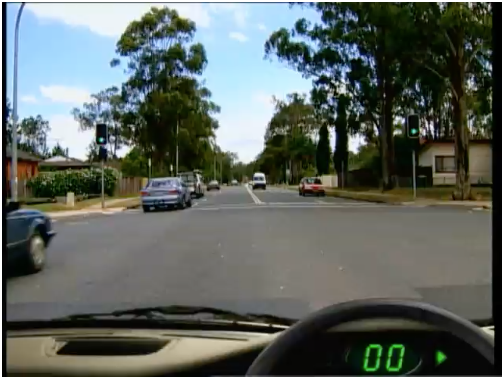
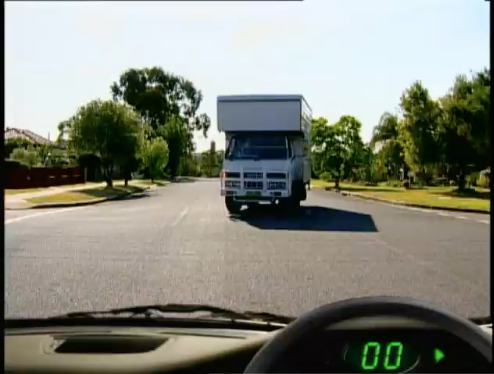
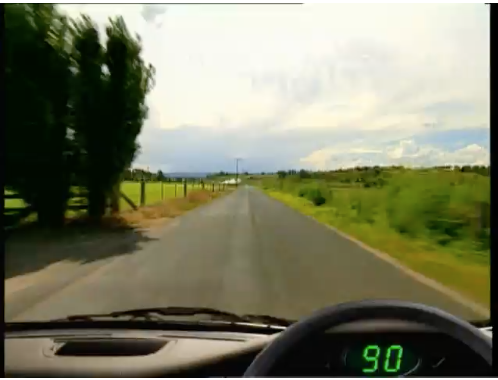
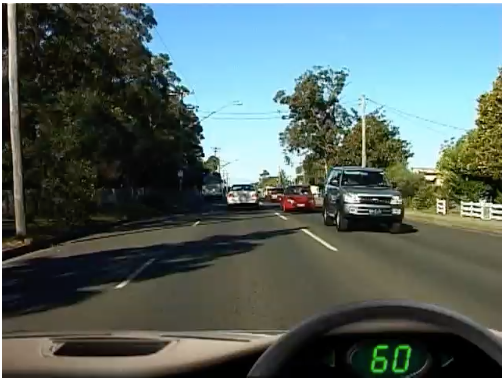
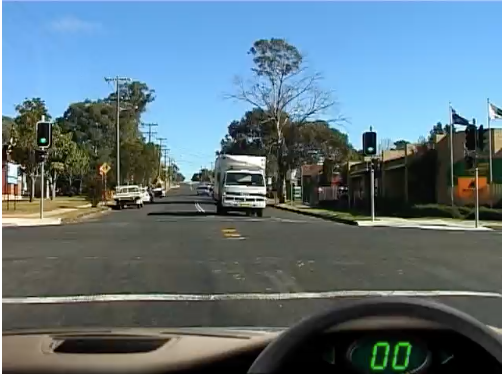
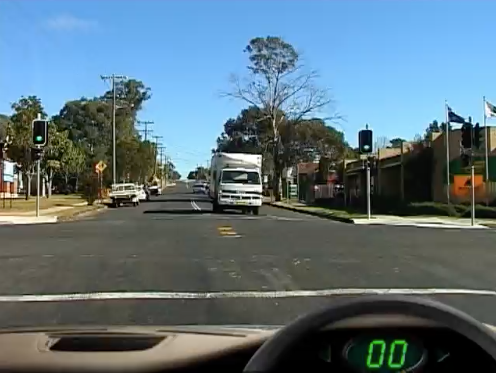
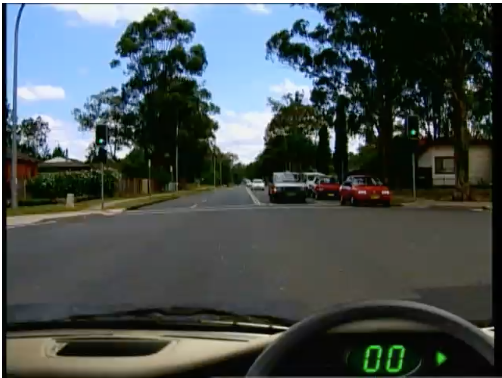
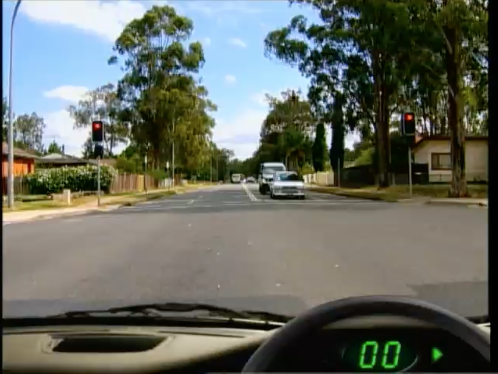
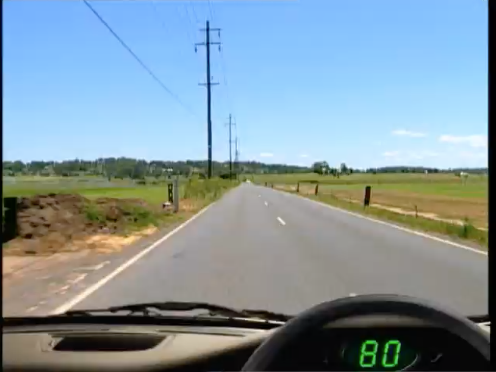


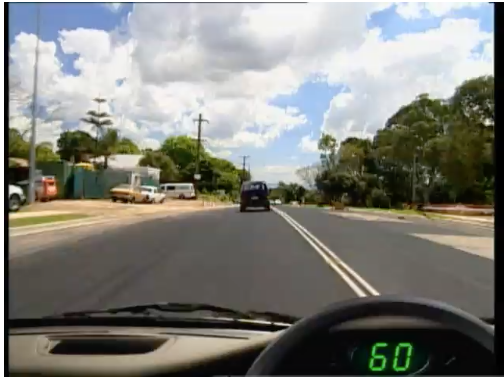

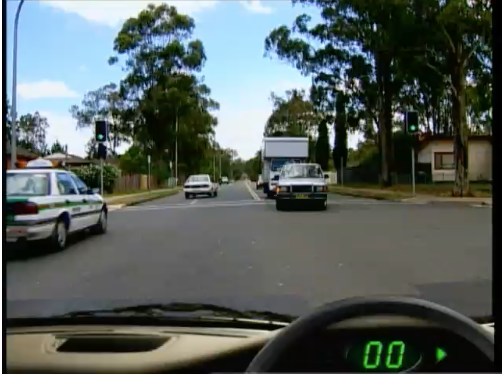
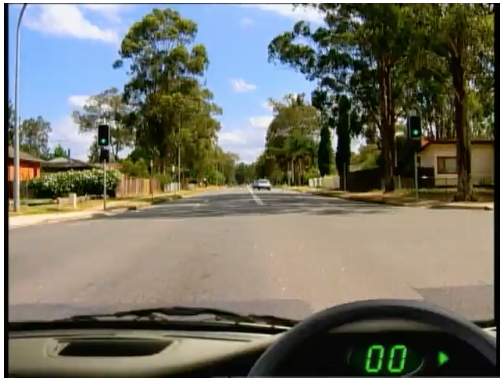
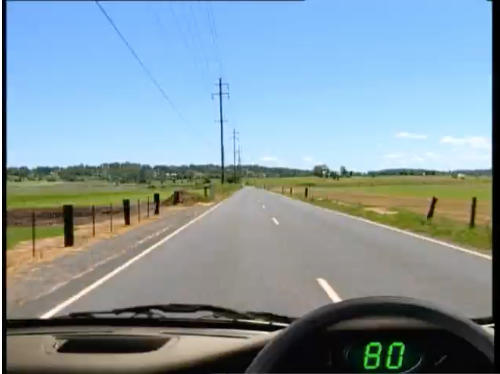
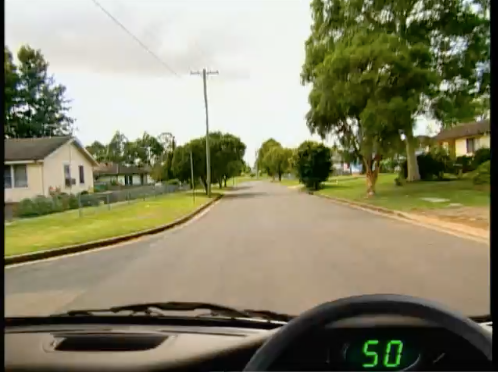
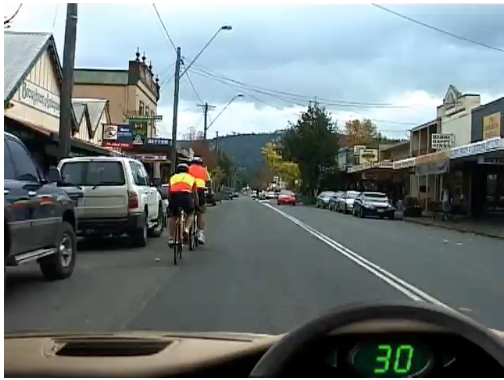
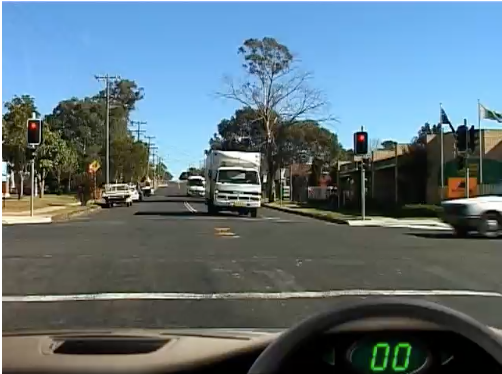

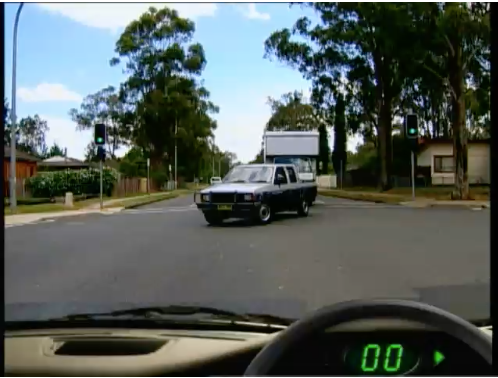
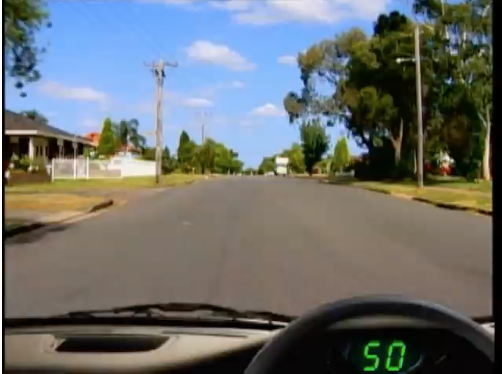
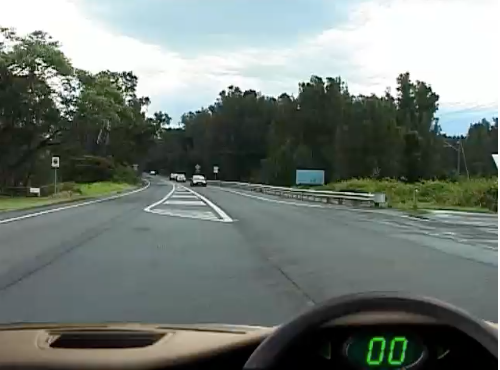
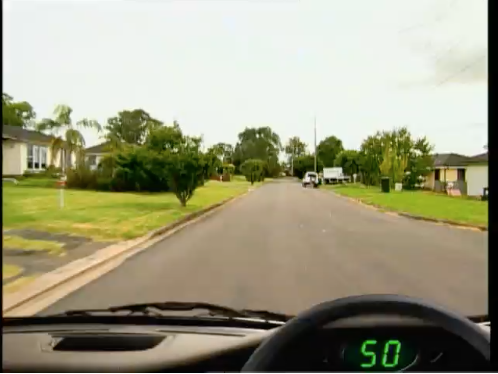
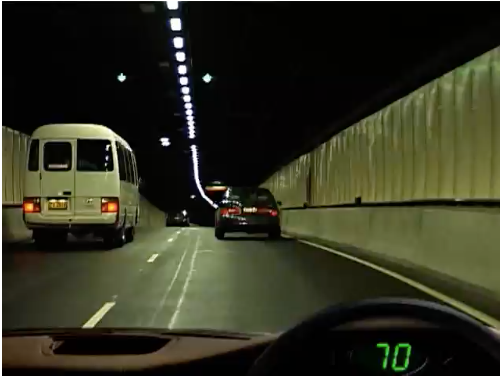
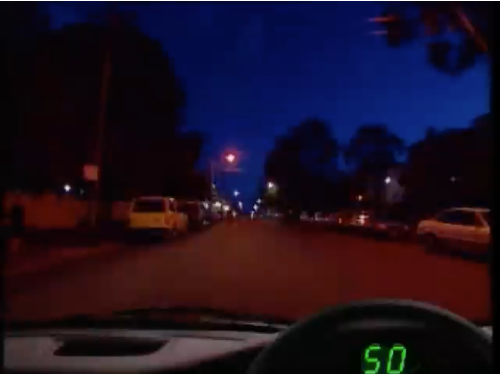
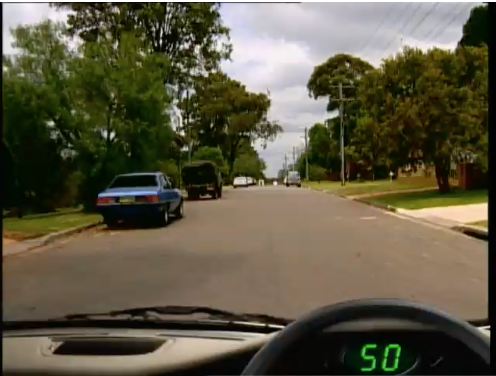

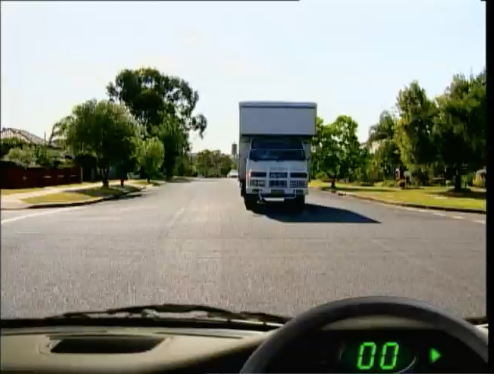
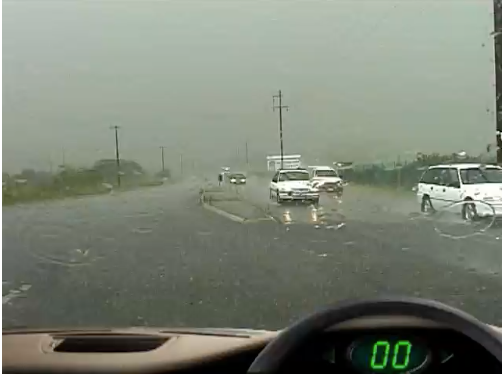

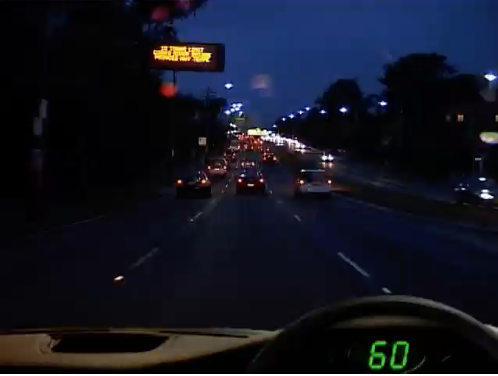
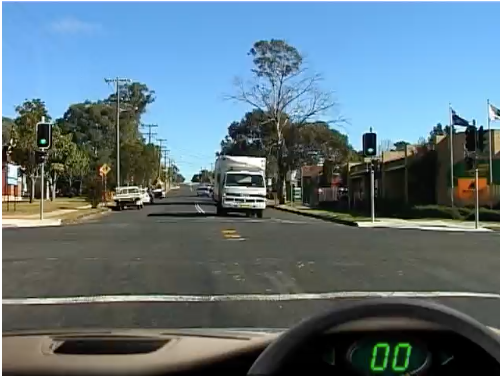
Поздравляем!